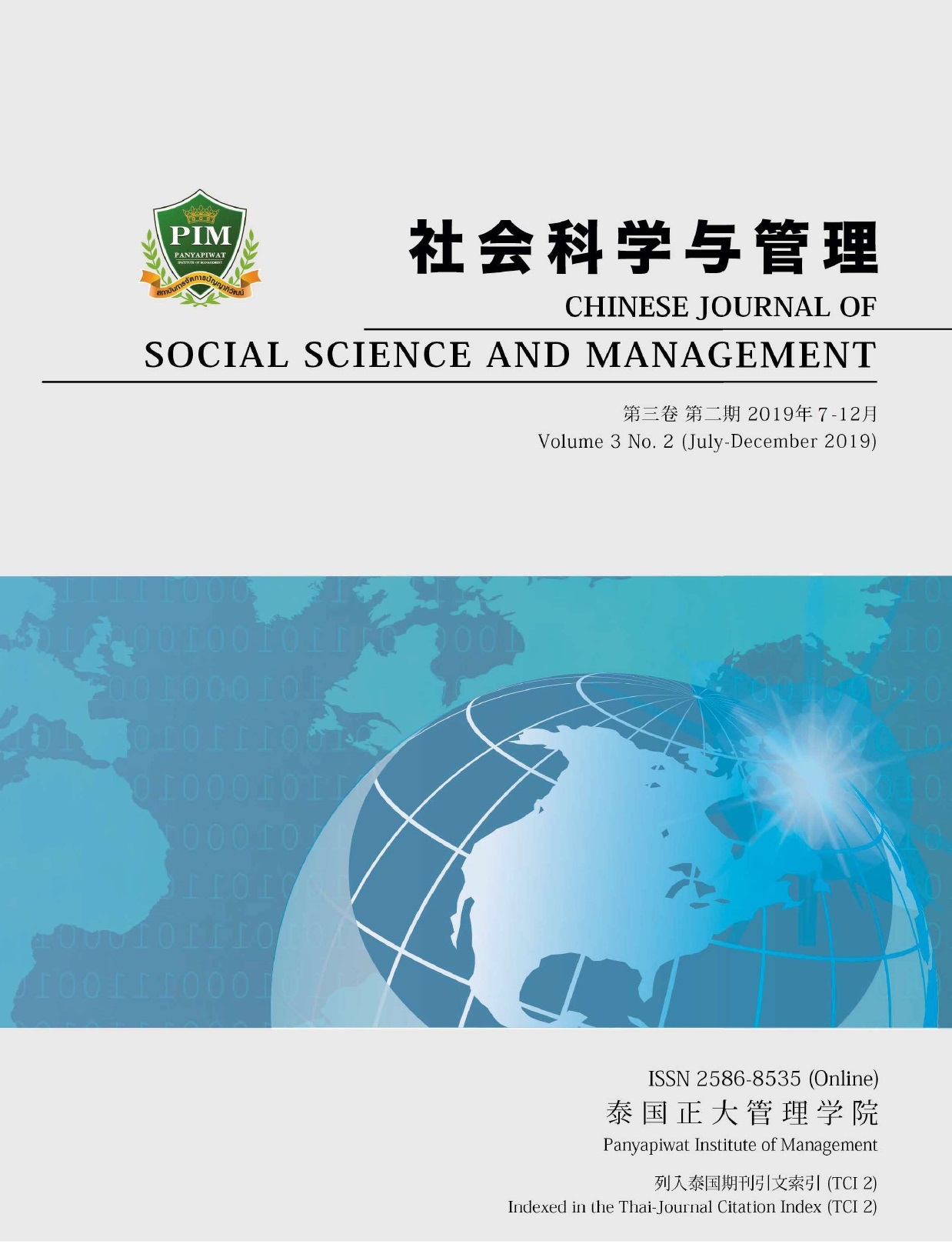STUDY ON SITING OF NODES OF HIGH-SPEED TRAIN COURIER LOGISTICS NETWORK
Main Article Content
Abstract
Utilizing high-speed railway to expand railway courier logistics business is an inevitable trend. Considering the fierce competition in the logistics market and its relative maturity, the fledging stage of high-speed railway courier and the inaccessibility to counties and districts by high-speed railway, high-speed railway logistics services are expanded mostly rooting in places with heavy logistics flows and a high concentration of high-speed railway lines. In this thesis, the high-speed railway courier logistics network that comprises seller, buyer, logistics node and high-speed railway distribution center will be taken as an example to study the optimization and modeling system of high-speed railway courier logistics network.
Article Details
Chinese Journal of Social Science and Management Editorial Division
The Office of Research and Development, Panyapiwat Institute of Management
85/1 Moo 2, Chaengwattana Rd., Bang Talat, Pakkred, Nonthaburi 11120, Thailand
Tel. 02 855 01048 E-mail: cjssm@pim.ac.th
References
Ali, R., Mounir, G. & Moncef, T. (2016). Adaptive probabilities of crossover and mutation in genetic algorithm for solving stochastic vehicle routing problem. International Journal of Advanced Intelligence Paradigms, 8(3), 318-326.
Ji, L. L. (2010). E-Study on the Development of Railway Cold Chain Logistics in China. Logistics Engineering and Management, 32(188), 9-16. [in Chinese]
Murphy, P. R. Jr. & Wood, D. F. (2009). Contemporary logistics. Beijing: Beijing Renmin University Press. [in Chinese]
O’Kelly, M. E. (2010). Routing traffic at hub facilities. Networks and Spatial Economics, 10(2), 173-191.
Sun J. P. & Chi, P. (2010). Research on Development Model of Railway Cold Chain Logistics. Railway Freight Transport, 28(2), 5-9. [in Chinese]
Tai, H. H. & Hwang, C. C. (2005). Analysis of hub port choice for container trunk lines in East Asia. Journal of the Eastern Asia Society for Transportation Studies, 12(1), 907-919. [in Chinese]
Tancrez, J. S., Lange, J. C. & Semal, P. (2012). A location-inventory model for large three-level supply chains. Transportation Research Part E: Logistics and Transportation Review, 48(2), 485-502.
Wang, P. (2017). Approximations for the relative outdating of perishable products by combining stochastic modeling, simulation and regression modeling. Journal of the China Railway Society, 39(9), 6-14. [in Chinese]
Wang, Y. (2014). Integrated production-inventory-distribution system design with risk pooling: model formulation. Chinese Railways, (2), 32-36. [in Chinese]
Wu, D. (2013). Coordination of competing supply chains with news-vendor and buyback contract. International Journal of Production Economics, 144(1), 1-13. [in Chinese]
Zhou, Q. K. & Yin, Y. J. (2012). Location optimization of multi-distribution centers in cold chain logistics integration. Railway Purchasing and Logistics, (8), 52-54. [in Chinese]

